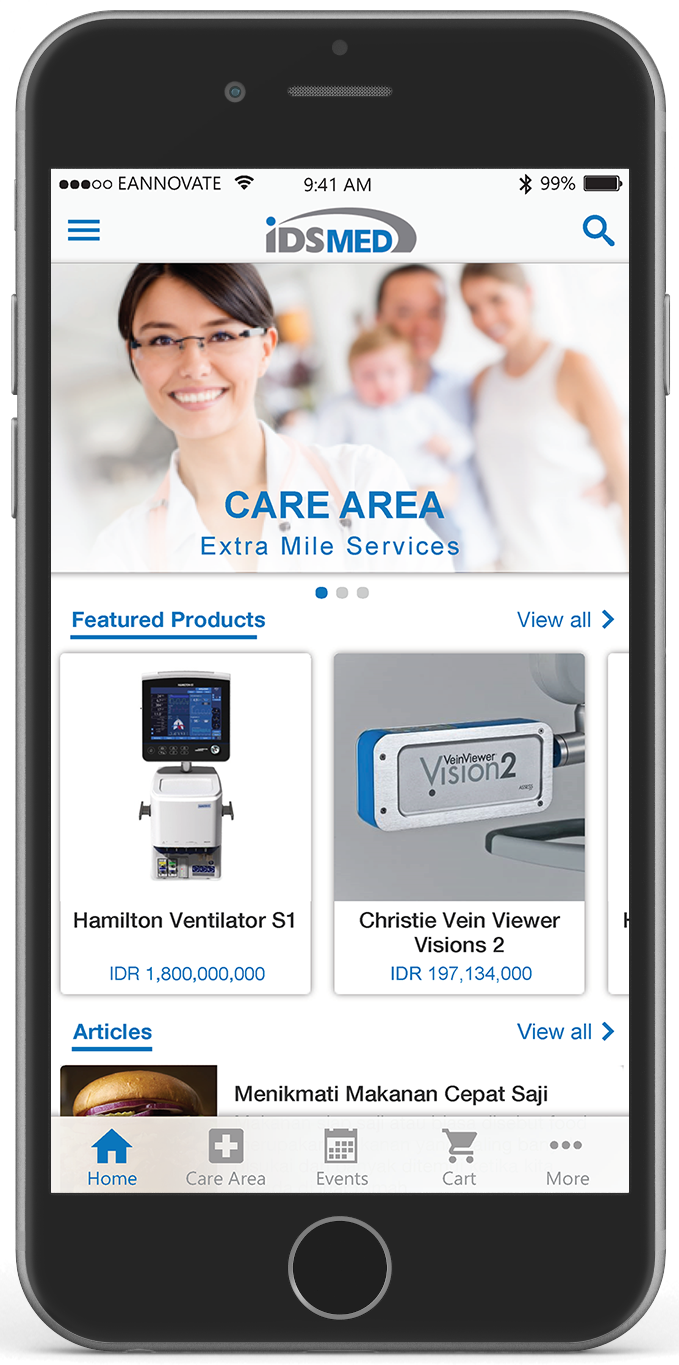https://www.youtube.com/watch?v=RMIXHncmnDU&t=197s
idsMED Thailand, together with the Emergency Room Doctor and Nurses, have gone live again on national TV, MCOT channel on 28 August 2020 to bring this latest update on the use of medical Ultrasound to improve patient diagnosis and treatment outcomes.
In this programme, we introduced the Diagnostic Ultrasound machine and its best use, especially with a patient suspected of having COVID-19. A patient suspected of having COVID-19 has difficulty in breathing with an elevated heart rate. This latest technology helps doctors make informed decisions before a prognosis.
In the interview with Dr. Suthaporn Lumlertkul, Emergency Medicine, Chulalongkorn University Hospital and Winfocus Director Thailand, she explained that the modern ultrasound machine is a must-have item in the emergency room, especially where we need to diagnose patients suffering from respiratory or breathing distress. Point-Of-Care (POC) monitoring of a patient is often used when we cannot escalate a patient to have a CT scan or MRI performed or where we need to make an immediate decision on how best to treat a patient. For example, a doctor may need to intubate a patient with obvious COVID-19 symptoms with serious breathing difficulty. The bedside use of Ultrasound can then help the doctor to make an informed decision before a prognosis.
For better understanding, Ultrasound is best described as a visual stethoscope as it can see the inside of the body and can emit sounds from within. When used to identify lung disorders, the doctor would look at the ultrasonographic B-lines of the patient’s lungs shown on the operator screen. The B-lines are long wide bands of hyperechoic artifacts that have been likened to a flashlight beam and causes of unilateral B-lines can include pneumonia and the edema of the lungs. The Artificial Intelligence or AI technology found in modern Ultrasound machines then further help the doctor reach the correct diagnosis of a patient where AI will help count the number of B-lines or light beams that may be too many to count manually. The fact that B-line information can be obtained accurately and recorded in the Ultrasound system allows future follow up with the patient to be more efficient and less time-consuming. Ultrasound systems with AI technology are still very new, having just been launched a year ago but are already demonstrating their capability to improve the diagnosis of a patient’s outcome.
The use of ultrasound imaging in the emergency room has become more common when busy hospitals, field hospitals or clinics are unable to provide on-the-spot CT or MRI services. For example, suppose a field or rural hospital happens to have more than 10-20 patients waiting. In that case, Ultrasound is the first logical choice so that a doctor can promptly and effectively diagnose a patient.












